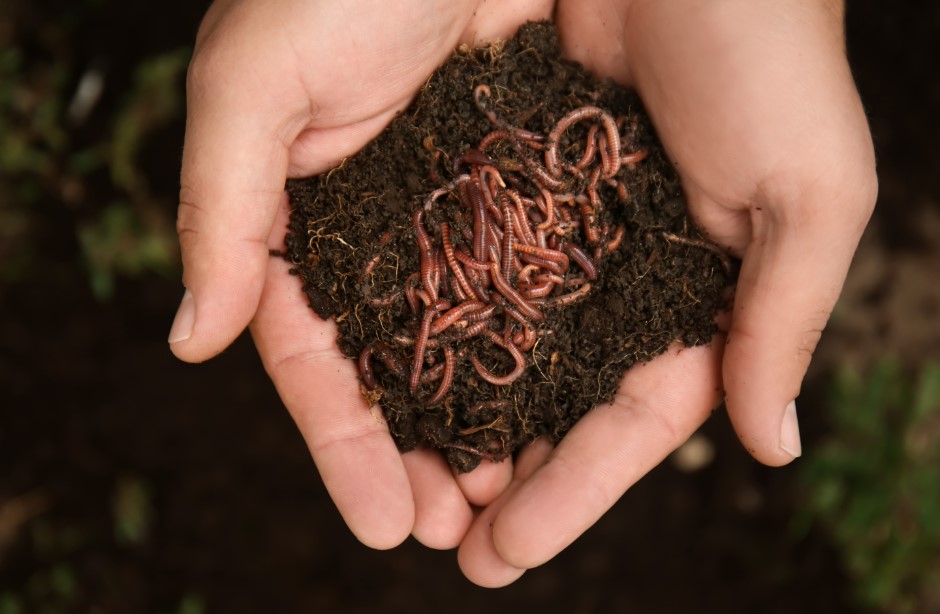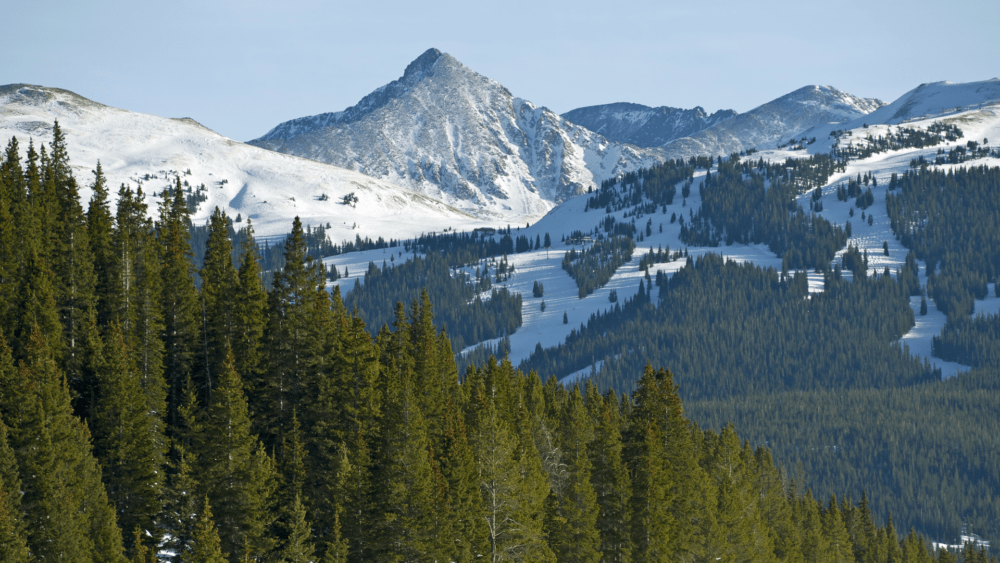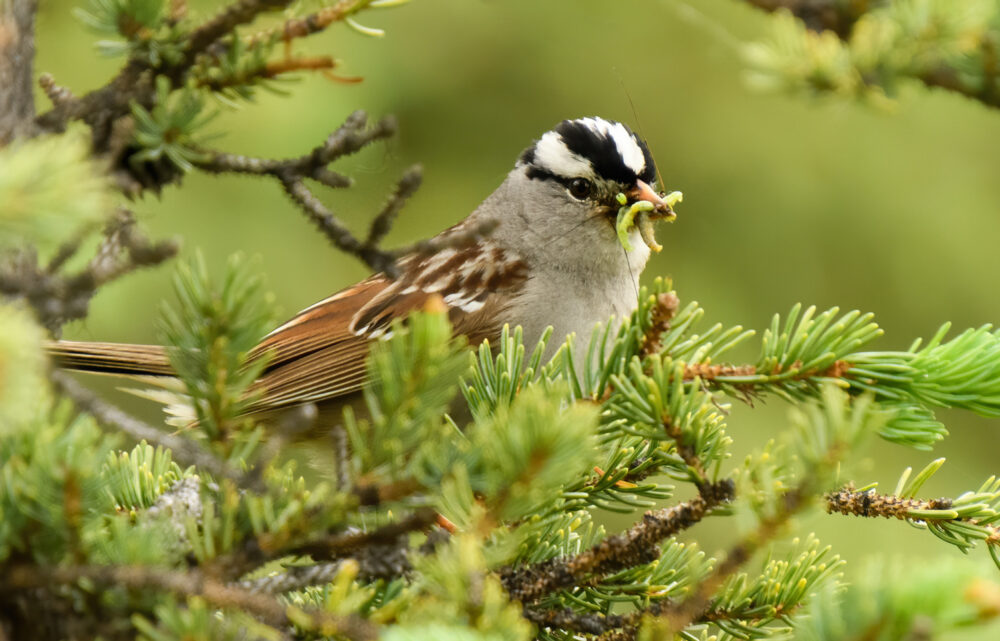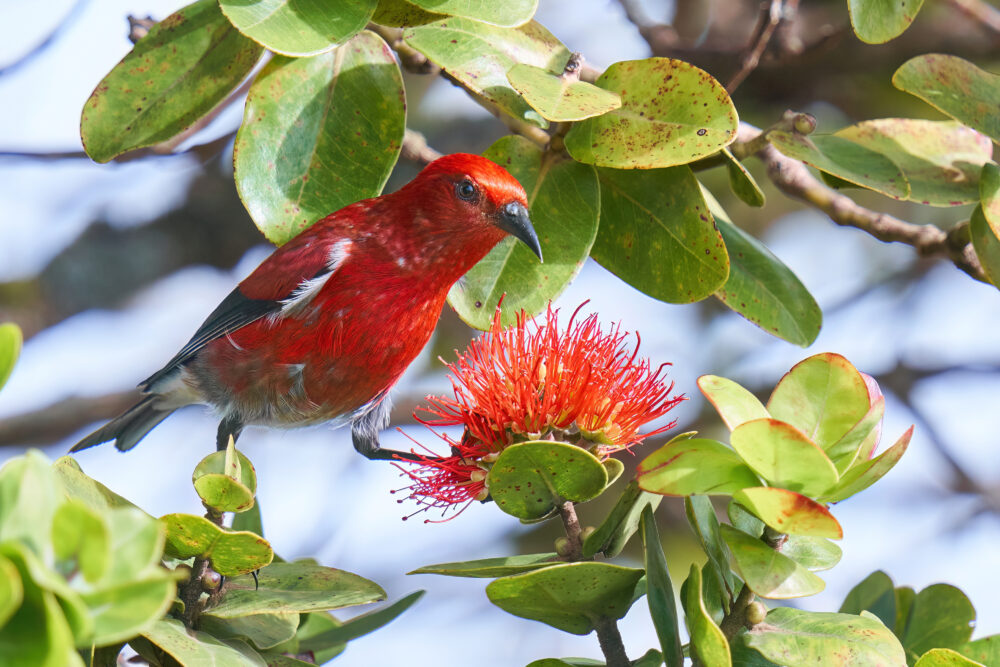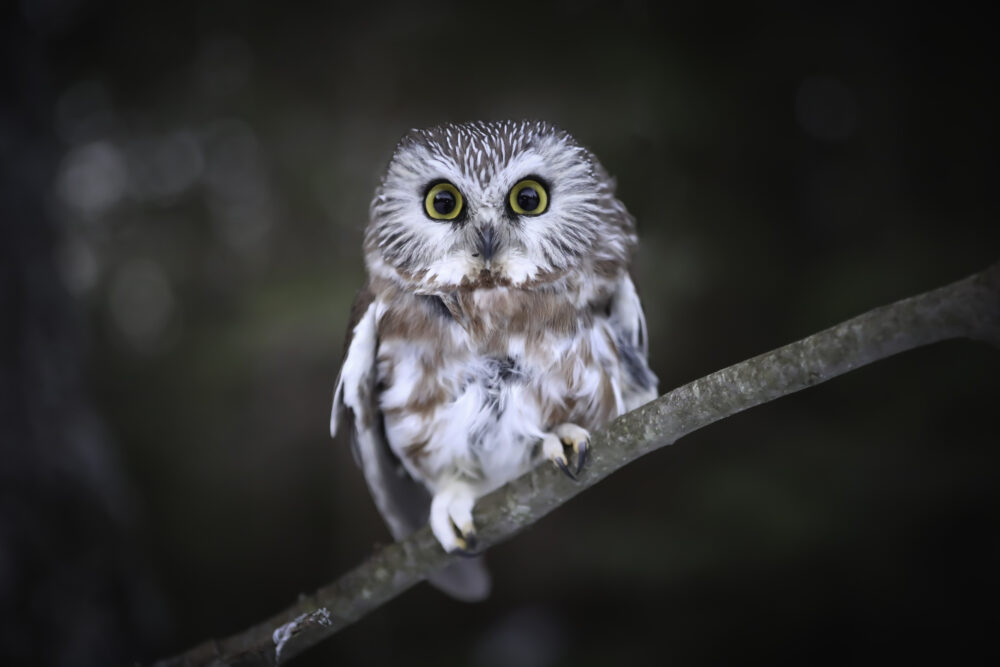We have much more to do and your continued support is needed now more than ever.
Bird of the Week: Rose-breasted Grosbeak

Glancing out the window at my feeder last weekend, I noticed something unusual: a streaky, buff-breasted, brown bird that was larger—and had a much bigger bill—than the dozen or so house sparrows that surrounded it. What the bird most reminded me of was a rose-breasted grosbeak, but the colors were all wrong (for either a male or female). So was the location. Though I’ve seen a handful of these lovely birds in my life, it’s been only in New England or the Blue Ridge Mountains, not particularly close to my Washington, DC, backyard.
A quick look at The Sibley Guide to Birds I pulled from my bookshelf solved the mystery. It turned out that my baffling backyard visitor looked just like Sibley’s detailed drawing of a “1st winter male” rose-breasted grosbeak. And the map at the bottom of the page showed clearly that these birds—which spend summer north or west of Washington, DC, and winter far to the south—do indeed pass through my area during spring and fall migration.
Long-distance Travelers
Rose-breasted grosbeaks breed in deciduous and mixed woodlands across much of Canada and the northeastern to Midwestern United States. Their winter range extends from central-southern Mexico through the Caribbean and Central America to northern South America. Scientists have confirmed and published reports of a few grosbeaks that seem to be spending winters in Florida.
Out West, fire-prevention policies have encouraged forests to spread on the Great Plains, causing the range of the rose-breasted grosbeak to extend westward. In some places, the birds now overlap with black-headed grosbeaks, and the two species may hybridize in these areas. According to the Cornell Lab of Ornithology, rose-breasted-black-headed grosbeak hybrids can look like either parent species or a mixture of the two, “with various combinations of pink, orange and black.”
Help Migratory Birds!
Rose-breasted grosbeaks and other Neotropical migrants—birds that breed in the United States or Canada and spend the winter in Mexico, Central America, South America or the Caribbean—are most vulnerable as they undertake their grueling, long-distance flights during the spring and fall. Throughout these marathon journeys, the birds are threatened by everything from predators and loss of habitat (critical for refueling and rest stops) to communication towers, high-rise buildings and cars. Some studies suggest that as many as half of all migrating birds never make it to their final destinations.
If you’d like to help Neotropical migrants, the American Bird Conservancy provides a list of ways to help migratory birds in and around your home. Among the conservancy’s top tips:
- Keep your cat indoors. This is best for your cat as well as for the birds, as indoor cats live an average of three to seven times longer. Even well-fed cats kill birds, and bells on cats don’t effectively warn birds of cat strikes.
- Prevent birds from hitting windows by using a variety of treatments to the glass on your home.
- Eliminate pesticides from your yard. Even those pesticides that are not directly toxic to birds can pollute waterways and reduce insects that birds rely on for food.
- Create backyard habitat. Establish a diverse landscape by planting native grasses, flowers, trees and shrubs that attract and nurture native birds.
Last weekend, I was thrilled to learn that seed from my backyard feeder was giving sustenance to a migrating rose-breasted grosbeak. As an NWF Certified Wildlife Habitat®, my yard also provides grosbeaks and other migrants—as well as year-round residents—with water, cover and a variety of native plants brimming with tasty bugs and berries.
Explore More
- Find out how gardeners can help migrating birds and butterflies by cultivating fall-blooming plants that provide food and places to rest.
- Learn how scientists studying migratory birds are discovering surprising new records for distance and physical endurance.
- Read about threats facing birds and other migratory species.
- See top birders’ recommendations for the best places to watch birds during fall migration.
- Get 10 Tips for attracting migratory birds to your yard this fall.















